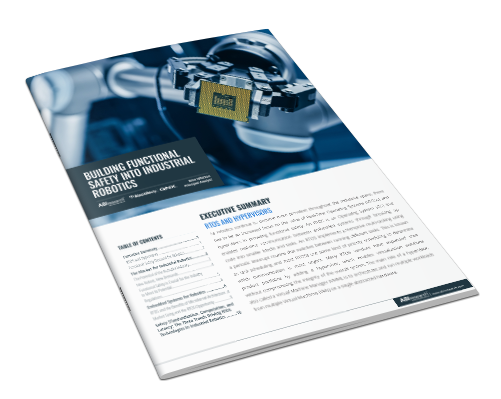
Sponsored by:
Functional safety is critical to many modern robotic applications and will become more so. In the near future, many robots will run in areas where they interact directly and indirectly with workers, and the tasks they perform will disproportionately relate to production logistics and moving goods for the general public. If a robot malfunctions, there is a risk to the surrounding workers, to product safety, and to public safety.
This risk amplifies as robots are increasingly required to handle multiple tasks and navigate crowded environments. So, mitigating safety risks under these conditions will become a fundamental requirement that cannot be addressed without considering security as an integral part of robot design.
This is where functional safety of the underlying software and hardware becomes an essential part of reducing, if not eliminating these risks. Although robotics vendors want to use open source solutions for many applications, they need certifiable and functional safety for mission-critical execution. Real-Time Operating Systems (RTOSs) and hypervisors from proprietary software developers can facilitate this, based on decades of providing certified software for the more developed automotive and medical device markets.
Download our whitepaper to learn more.

